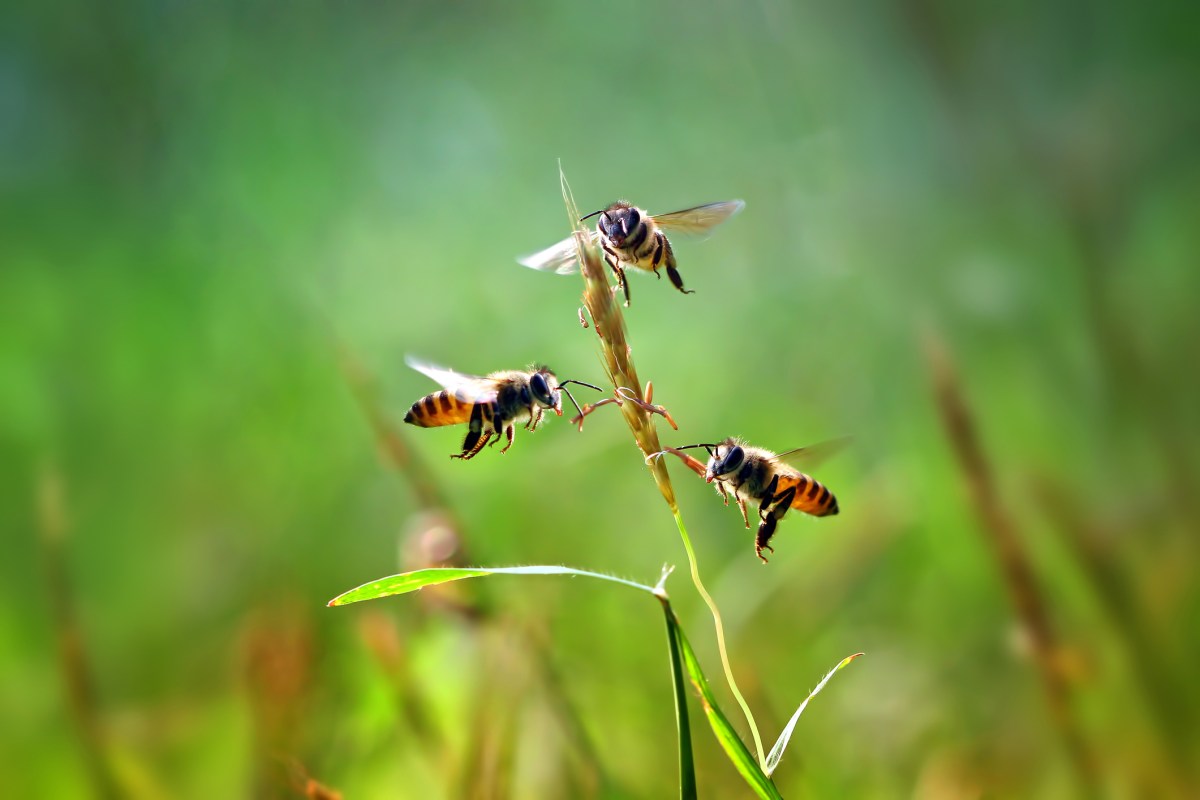The parasite was first detected when Rosemary Malfi was dissecting bees early in her graduate career. She was looking for the type of parasite that you can only see with a microscope, but what she found was that conopids filled the bee’s entire abdomen, writes Atlas Obscura.
The parasitic conopid fly forces bees to dig their own graves. Adult, female conopid flies wait in flowers where worker bees go to gather pollinate. The fly dive-bombs the beer in mid-air and stuns it. It flies off and it seems like nothing is wrong, but in fact, its been implanted with an egg, which will soon hatch and eat its body from the inside. The egg lives in the bee’s fat stores, and those stores become a source of nutrition for the fly larva. Once it devours the fat stores, the growing larva continues to hollow out the bee’s body.
This lasts for about 10 days, until the bee dies. It lies on the ground and digs itself into the soil. The fly, very much alive, hibernates in the bee’s dead carcass, and then in the spring, sheds the bee and beings the cycle again. By killing bees, these parasites are threatening our food supply. Only wild bumble bees can perform the dance that’s essential to pollinating some of our most valued crops.
“It’s something that honey bees literally cannot do,” Malfi said, according to Atlas Obscura. If bees all die, the production of crops such as tomatoes, eggplants, and blueberries would be much less effective.
Thanks for reading InsideHook. Sign up for our daily newsletter and be in the know.


















